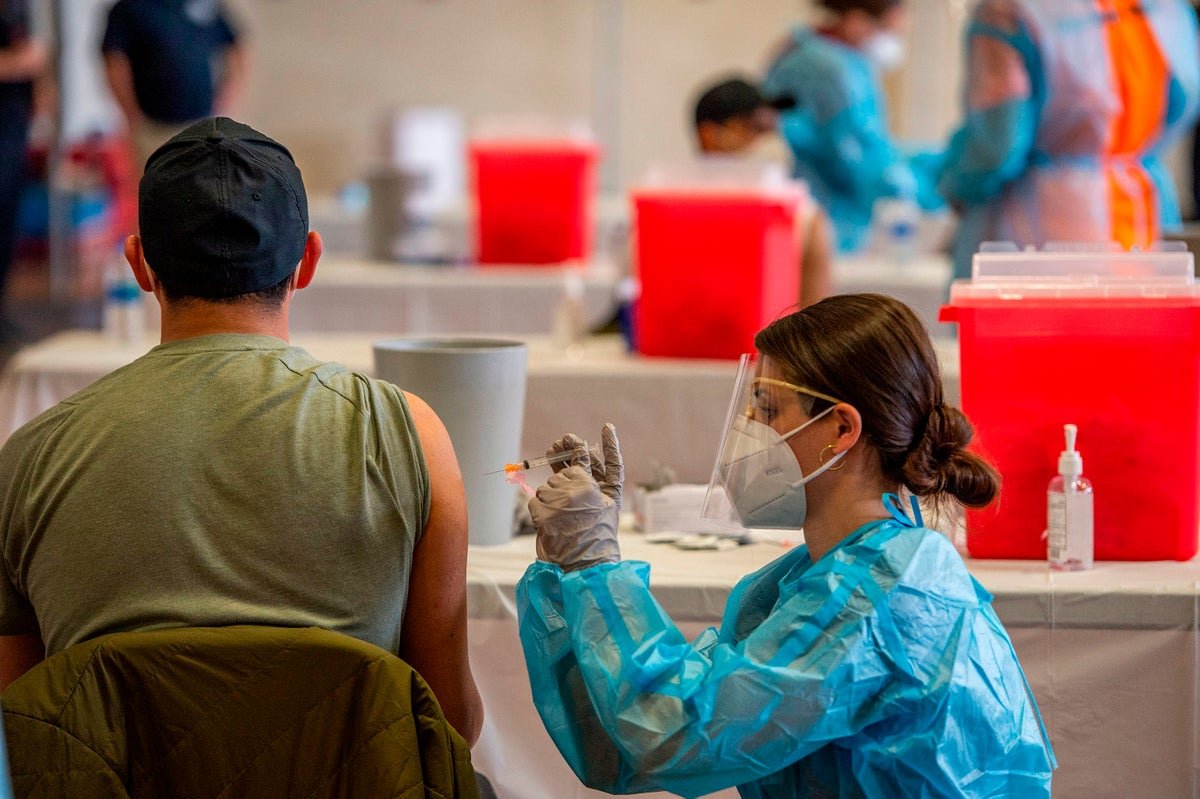
Language is how we make sense of the world: it gives form to abstract concepts and influences our perception of everything we encounter. So it isn’t surprising that the language we use to describe neurodevelopmental conditions like autism and ADHD guides how people understand themselves and others, as well as how support is offered – or withheld. Confusing or imprecise language leads to misunderstanding of what neurodivergence is – and isn’t.
The word neurodiversity is a good example. Increasingly, we hear “neurodiverse” used to describe individuals, as in “that child is neurodiverse”. But this isn’t an individual diagnosis – it is a population-level concept, similar to biodiversity. One person can’t be biodiverse; likewise, no individual is neurodiverse. While identity is personal and important, semantically, no one person can represent the entire spectrum of brain differences.
The term “neurodiversity” was popularised in the 1990s, shifting the narrative away from pathology and towards the idea of natural variation in human cognition. Despite concerns that this might undermine access to medical support, it was, and is, a radical, empowering reframing. Over time, the idea of neurodivergence expanded to include ADHD and other conditions.
Neurodivergent conditions have become defined as significantly different from a hypothetical “typical” range of mental functioning – the intended meaning of “neurotypical”. Unfortunately, this word began to be used as shorthand for anyone without a neurodivergent diagnosis. This created two camps: neurodivergent and neurotypical. Us and them.
But in reality, there is no such thing as a truly typical brain. The cognitive differences seen in ADHD aren’t the same as those in autism, and even within each condition, experiences vary widely. For those without a diagnosis, it is highly improbable anyone would fall within an average range for every single cognitive function. In this sense, nobody is truly neurotypical.
More concerning is that the term neurotypical has started to be used pejoratively in some neurodivergent communities, possibly as a reaction to long-standing stigma. While this is understandable, it risks recreating the same kind of stereotyping that neurodivergent people have faced.
We advocate for clearer language. Neurodiversity should refer to the full range of human brain variation within a population. An individual whose brain functions significantly differently from the statistical norm is neurodivergent, not neurodiverse. Rather than neurotypical, we prefer more accurate alternatives like “not neurodivergent” or “someone who doesn’t have ADHD”.
This matters because the language we use affects more than just identity: it influences access to support, research funding, policy and public understanding. Vague or inaccurate language reinforces stereotypes and can reduce the seriousness with which conditions like ADHD are treated. Using neurodiverse to mean neurodivergent may seem like a minor issue, but it can, for instance, contribute to the idea that everyone is “a little bit ADHD”, downplaying real struggles. Dismissively referring to “the neurotypicals” is just as problematic, flattening the complexity of human cognition into overly simplistic categories.
We have both seen how powerful, precise and respectful language can be. Words matter. Using accurate, inclusive and thoughtful language can foster better conversations and outcomes for everyone affected by neurodevelopmental conditions.
Alex Conner and James Brown are authors of ADHD Unpacked and hosts of The ADHD Adults
Topics:




